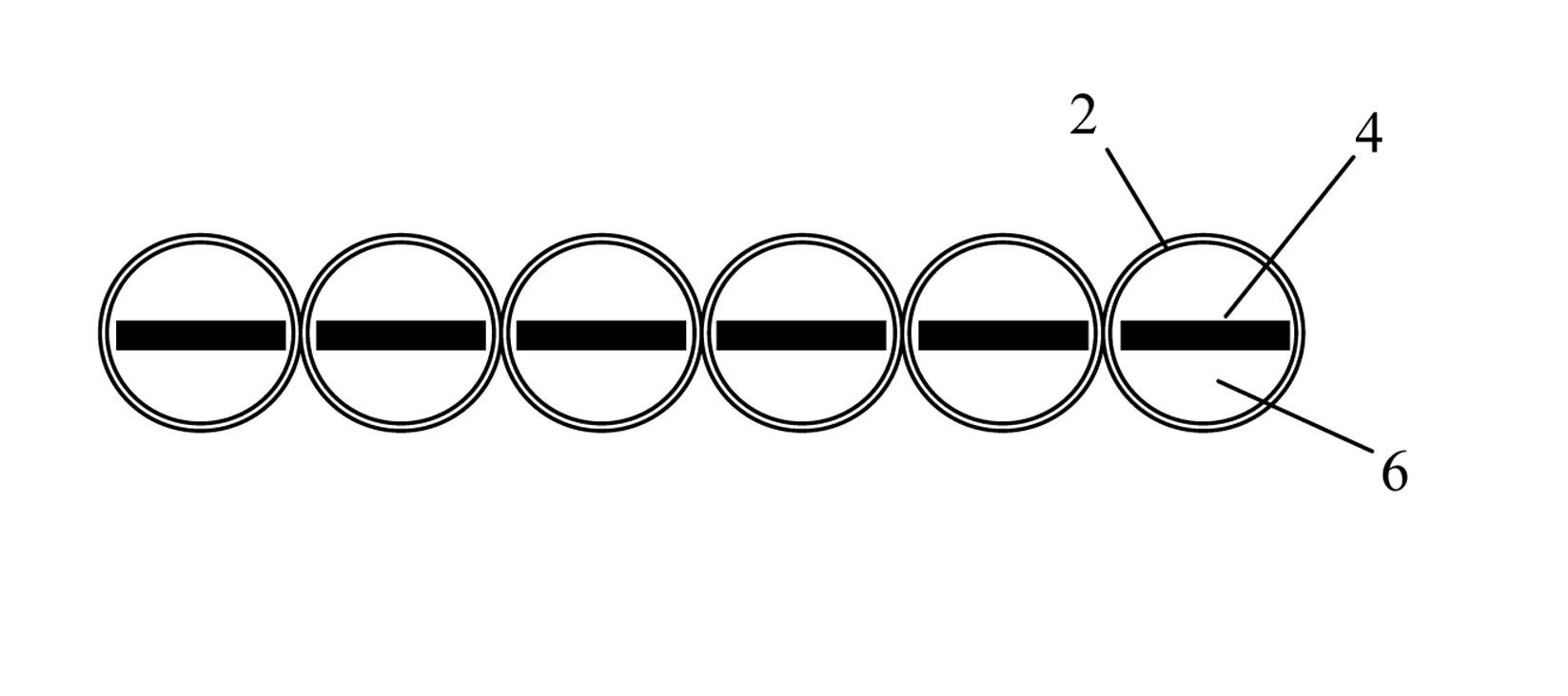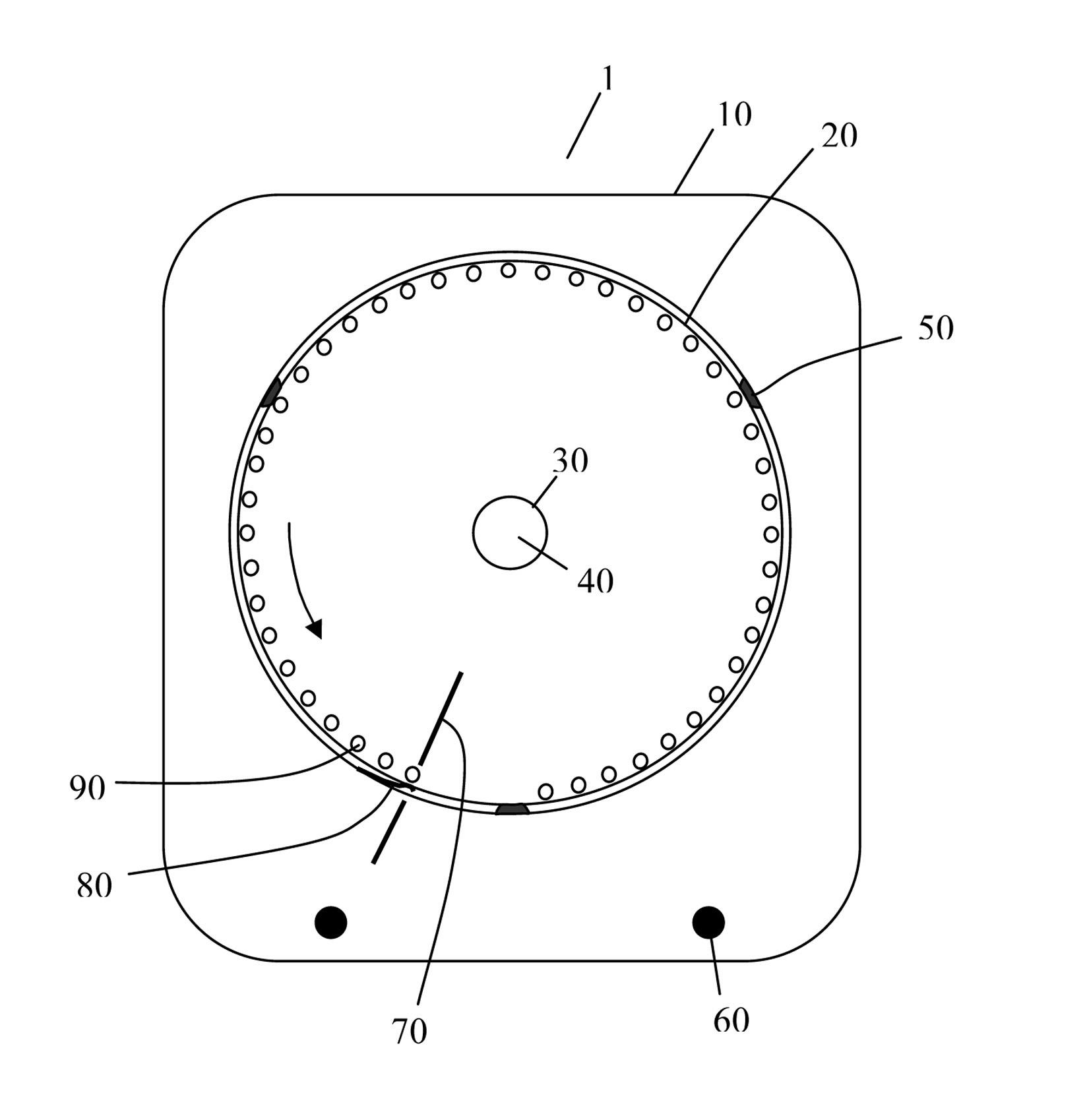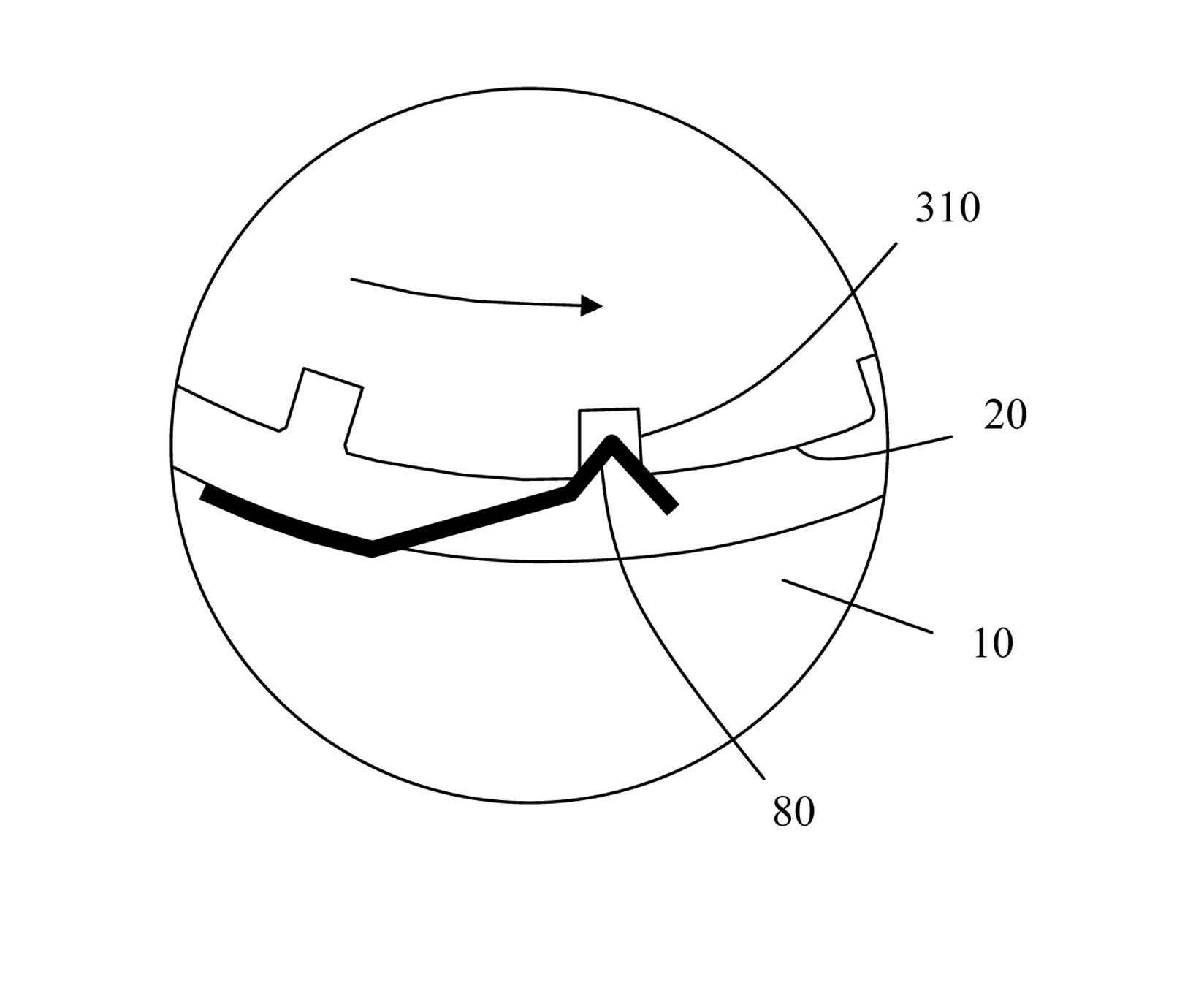Application of microscopic linear array scanner for measuring rate of change of live organisms
A biological, automatic scanning technology, applied in microscopes, instruments, measuring devices, etc., can solve problems such as technical difficulties
- Summary
- Abstract
- Description
- Claims
- Application Information
AI Technical Summary
Problems solved by technology
Method used
Image
Examples
Embodiment approach 1
[0047] Embodiment 1: Determining the rate of change of living organisms with a fully automatic microscanner.
[0048] Computer-programmed microscopic linear scanning is an expensive system. Its XYZ micron-level precise three-dimensional movement and instant auto-focus are controlled by special computer software. Micro-platform culture devices for 96-well plates are available from a number of suppliers, such as Warner Instruments, Inc., USA.
[0049] Based on the above-mentioned device, the present invention can perform secondary single-line scanning sampling on a part of living organisms, and the steps are as follows:
[0050] 1. Select an appropriate resolution and preset the above-mentioned computer program to perform non-overlapping single-line scanning sampling on a 96-well plate along a series of XY coordinates in order to reduce the light interference of the scanning on the above-mentioned living organisms.
[0051] 2. Position the 96-well culture plate in the platform...
Embodiment approach 2
[0058] Embodiment 2: Determining the rate of change of living organisms manually
[0059] After decades of long-term accumulation, thousands of manual inverted microscopes have been put into use worldwide. For everyday observation purposes, these low-end manual microscopes are more popular than motor-driven microscopes. They are attractive for their quick and free manual adjustments, but the problem is that they do not record the XY coordinates that the platform passes through. Therefore, it is impossible to perform secondary shooting on the same group of target groups in sequence. Unfortunately, the habit of low-end manual type work led to a loss of creativity. Indeed, the routine cellular observation process is a valuable opportunity to collect data from living cells.
[0060] The present invention uses comprehensive knowledge from instrumentation engineering and mechanical engineering to create a simple rotating mechanical system that can be combined with a low-speed man...
PUM
 Login to View More
Login to View More Abstract
Description
Claims
Application Information
 Login to View More
Login to View More - R&D
- Intellectual Property
- Life Sciences
- Materials
- Tech Scout
- Unparalleled Data Quality
- Higher Quality Content
- 60% Fewer Hallucinations
Browse by: Latest US Patents, China's latest patents, Technical Efficacy Thesaurus, Application Domain, Technology Topic, Popular Technical Reports.
© 2025 PatSnap. All rights reserved.Legal|Privacy policy|Modern Slavery Act Transparency Statement|Sitemap|About US| Contact US: help@patsnap.com



